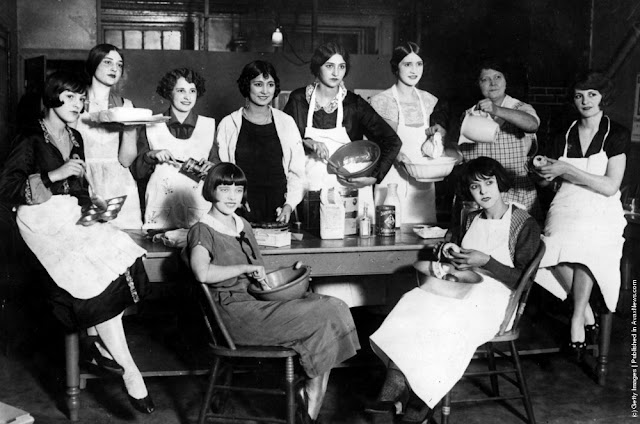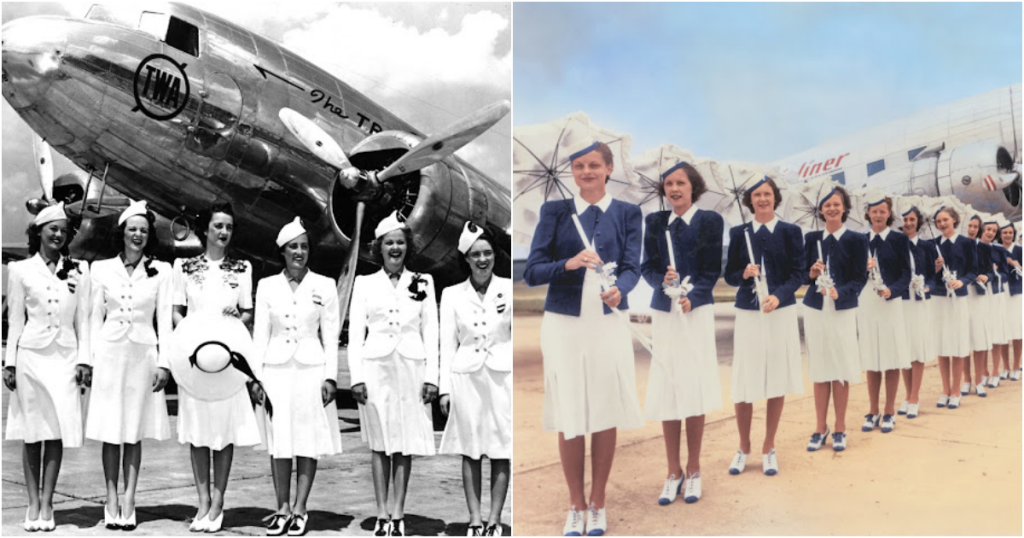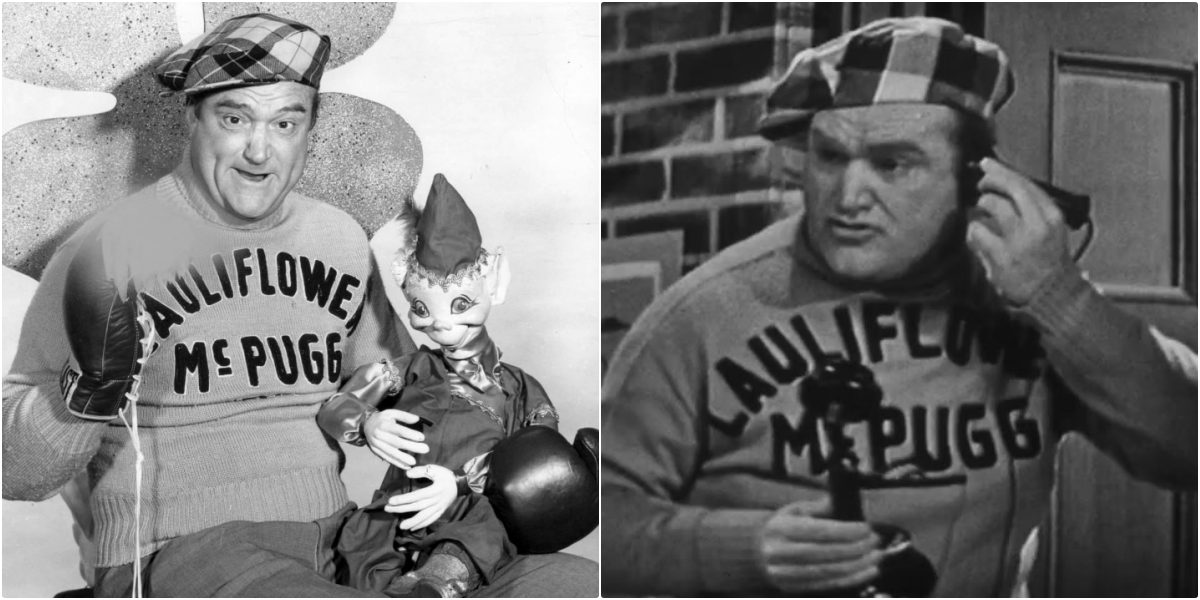
Coinciding with the beginnings of the first wave of feminism in the 19th century came the attempt by women to gain equal rights to education in the United States. Women's rights organizations focused on adjusting and increasing women's place in the public arena by arguing that the only fundamental differences between women and men were socially created ones, and thus women should be offered the same extensive and practical education that was offered to men.
After long battles against gender oppression women finally obtained the right to be educated through several government acts/conventions, the opening of facilities willing to educate them, and the opportunity to continue into higher education.
Education was a controversial topic in the 1930s, and sex-segregated school systems protected “the virtue of female high school students.” Home economics and industrial education were new elements of the high school curriculum designed for unmistakably women's occupations. These classes taught women practical skills such as sewing, cooking, and using the new domestic inventions of the era; unfortunately, this “formal training offered women little advantage in the struggle for stable work at a liveable wage.”
The 1930s also saw tremendous changes in women’s education at the college level. In 1900, there were 85,338 female college students in the United States and 5,237 earned their bachelor's degrees; by 1940, there were 600,953 female college students and 77,000 earned bachelor's degrees. This increase was partially explained by the “contemporary discourse that reinforced the need for higher education for women in their positions as wives, mothers, citizens, and professionals.”






























